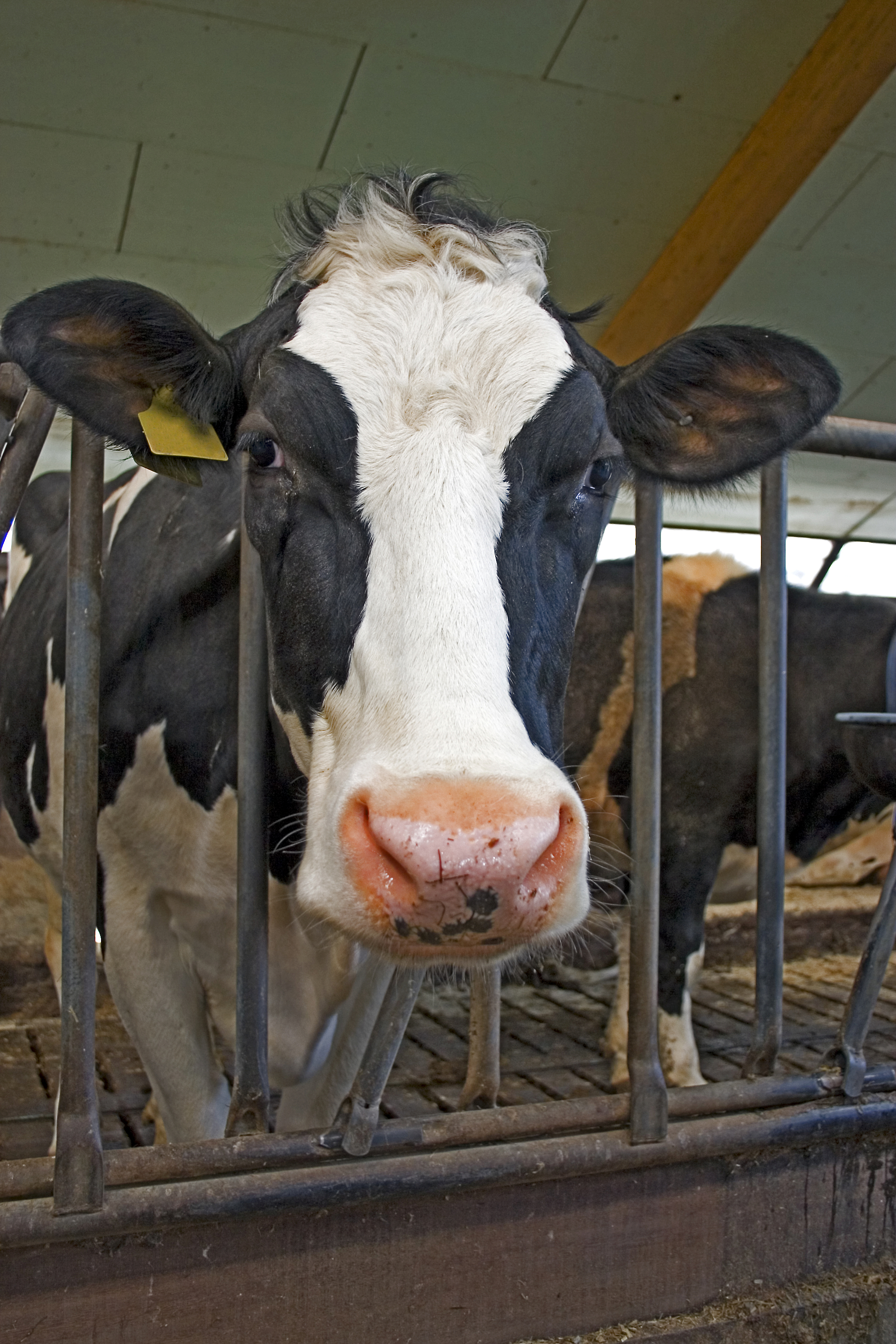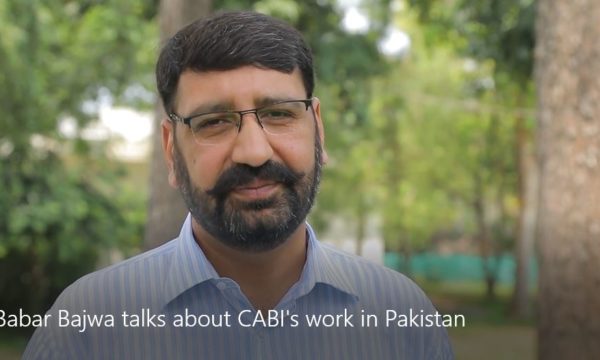M Djuric, Dairy Science Editor
Compelling evidence of cheese-making has been uncovered in prehistoric pottery sieves found in the Kuyavia region in Poland by researchers from Great Britain, Poland and the United States. The study has just been published online in Nature journal on 12 December 2012.
 An abundance of milk fats was detected in these specialized pottery vessels, comparable in form to modern cheese strainers, suggesting that humans have been making cheese in Europe for at least 7,500 years. There is a possibility that cheese was made even at earlier times using other materials such as cloth or wooden cheese strainers, but these materials are more perishable and difficult to detect as archeological material.
An abundance of milk fats was detected in these specialized pottery vessels, comparable in form to modern cheese strainers, suggesting that humans have been making cheese in Europe for at least 7,500 years. There is a possibility that cheese was made even at earlier times using other materials such as cloth or wooden cheese strainers, but these materials are more perishable and difficult to detect as archeological material.
This study represents the earliest direct evidence of Neolithic cheese-making and also evidence that humans had already begun to develop complex relationships with animals beyond hunting.
Milk residues have been found previously at ancient sites up to 8000 years old in Turkey and Libya, but no evidence that milk had been processed into cheese has been found until now. Earlier evidence of cheese-making came from depictions of milk processing in murals that are several thousand years younger than the pottery fragments.
The introduction of dairying was a critical step in early agriculture, with milk products being rapidly adopted as a major dietary component of prehistoric farmers and pottery-using hunter-gatherers. However, early humans were lactose intolerant, i.e. they were unable to digest lactose (milk sugar) after childhood due to the absence of the enzyme lactase.
 Traditional cheeses contain much less lactose than fresh milk and, therefore, the production of cheese was a critical development because it not only allowed the preservation of milk products in a non-perishable and transportable form, but also it made milk a more digestible product for early prehistoric farmers.
Traditional cheeses contain much less lactose than fresh milk and, therefore, the production of cheese was a critical development because it not only allowed the preservation of milk products in a non-perishable and transportable form, but also it made milk a more digestible product for early prehistoric farmers.
The development of cheese-making may have helped set the stage for a biological change in Europeans over many generations, leading to the evolution of “lactase persistence” (i.e. keeping lactase well into adulthood), which enables most humans to digest milk after childhood.
1 Comment
Leave a Reply
Related News & Blogs
Bursary improves cross-CABI collaboration for more effective international development work
CABI bursary: seconded Mariya Iqbal and Gareth Dicks from CABI UK with CABI knowledge tool users from the Chinese Academy of Agricultural Sciences and the MARA-CABI Joint Laboratory for Biosafety in Beijing. A strength of CABI is its work on a global s…
30 September 2019



Good article, thank’s
my blog http://www.itrecords.ru/